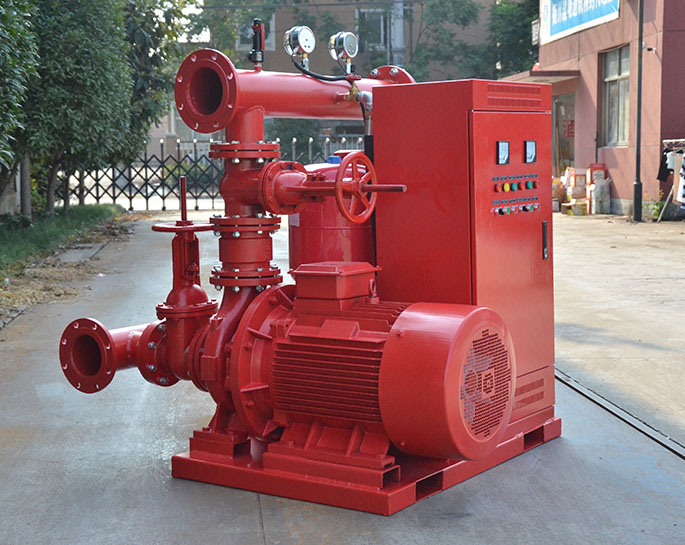Measures to prevent fire pump cavitation
Preventing cavitation in a fire pump is crucial to ensure its reliable performance during firefighting operations. Here are several measures and best practices to help prevent fire pump cavitation:
-
Proper Pump Sizing: Ensure that the fire pump is correctly sized for the specific firefighting system's flow rate and pressure requirements. An undersized pump is more likely to experience cavitation.
-
Adequate NPSH (Net Positive Suction Head): Maintain a sufficient NPSH to prevent the pressure at the suction side of the pump from dropping below the vapor pressure of the fluid. This can be achieved through proper suction piping design and minimizing suction line restrictions.
-
Use of Centrifugal Pumps: Centrifugal pumps are commonly used in fire protection systems due to their relatively low NPSH requirements compared to other types of pumps. Choose a centrifugal pump with a suitable impeller design for the application.
-
Proper Suction Piping Design:
- Ensure the suction pipe is adequately sized to minimize friction losses.
- Use smooth and straight piping to reduce turbulence.
- Avoid excessive elbows, bends, and fittings in the suction line.
- Install a strainer or foot valve at the suction inlet to prevent debris from entering the pump.
-
Air Venting: Ensure that the suction line is properly vented to remove any trapped air. Air in the suction line can exacerbate cavitation.
-
Regular Maintenance:
- Inspect and maintain the pump regularly according to the manufacturer's recommendations.
- Pay close attention to impeller and casing wear, as worn components can contribute to cavitation.
- Check for any leaks in the suction line, as air leaks can lead to cavitation.
-
Proper Priming: Ensure that the pump is properly primed before operation. This means filling the suction line and pump casing with water to eliminate any air pockets.
-
Monitor Suction Pressure: Install pressure gauges on the suction side of the pump to monitor the pressure conditions. If you notice a drop in suction pressure, investigate and address the issue promptly.
-
Education and Training: Ensure that personnel responsible for operating and maintaining the fire pump are well-trained and knowledgeable about cavitation risks and prevention.
-
Backup Water Sources: Consider having backup water sources available in case the primary water source experiences issues that could lead to cavitation. This ensures continuity of firefighting operations.
-
Consult with Experts: If you are designing or retrofitting a fire pump system, consider consulting with experts in fire pump design and installation to ensure that the system is correctly configured to prevent cavitation.
-
Use Cavitation-Resistant Materials: When selecting pump materials, consider those that are more resistant to cavitation damage, such as hardened materials or coatings on impellers and casings.
Preventing cavitation in a fire pump is essential for maintaining the pump's performance and ensuring the safety and effectiveness of firefighting operations. Regular maintenance, proper design, and attention to NPSH requirements are key factors in preventing cavitation issues.


.png)
.png)

.png)


